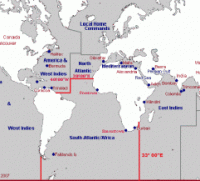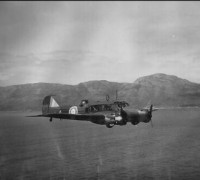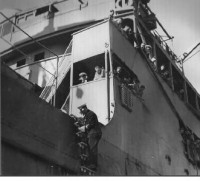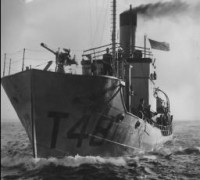THE AXIS AND ALLIED MARITIME OPERATIONS AROUND SOUTHERN AFRICA 1939 1945 - WAR ON SOUTHERN AFRICA SEA
10)RESEARCH METHODOLOGY
4. Research Methodology
This is a narrative, qualitative study, with extensive archival research underpinning the dissertation. The DOD Archives, situated in Pretoria, South Africa, serves as the primary point of departure. The archival sources located in this repository are abundant, with several archival groups having been consulted during the course of the research phase. The following groups form the foundation of the study: the Commander Fortress Air Defences (CFAD), Chief of the General Staff (CGS), Chief of the General Staff (War) (CGS War), Commander Seaward Defences (CSD), Diverse (Group 1), Secretary for Defence (DC), South African Air Force War Diaries (SAAF War Diaries) and the Union War Histories (Civil) (UWH Civil). The wealth of primary archival material in these groups that have previously been forgotten and disregarded has been of particular assistance. The DOD Archives have also yielded some photographs and maps which supplemented the primary material and added another dimension to the study.
The UWH Civil group, in particular, proved extremely important to this study, as a wealth of captured and translated Axis documents are found in this archival group. The primary captured documents are of German and Italian origin and are mainly concerned with the conduct of the war in the Western Desert. There are, however, a number of key documents concerned with the Axis conduct of the naval war, which includes: high-level strategic documents concerned with the naval war, personal reminiscences of individual U-boat commanders, operational orders and war diaries of U-boats and raiders, as well as post-war correspondence with former U-boat captains as well as naval staff officers. Unfortunately, the author cannot read the available German or Japanese sources. Fortunately, access to the range of archival material in the UWH Civil group, especially the translated diaries and memoirs of U-boat commanders, offsets this limitation.
The primary sources located at the National Archives of the United Kingdom (TNA), located in Kew, London, supplemented the South African material throughout, and at several times even surpassed them in addressing several aspects of the maritime war waged off the southern African coast during the Second World War. Publications that have added immense value to this dissertation include the Records of the Admiralty (ADM), Records of the Cabinet Office (CAB), Records of the War Office (WO), Records of the Security Services (KV2/3) and the Records of the Air Ministry, the Royal Air Force, and related bodies (AIR).
The lesser-known OB Archive has also proved immensely valuable. It forms part of the archival collections of the Records, Archives and Museums (RAM) Division at NWU, located in Potchefstroom, South Africa. The collection hosts a wealth of primary material relating to the maritime intelligence war waged off the South African coast. The primary material in this archive offered several new insights into the nature and extent of contacts that existed between the OB and Germany during the war – mainly as to its relation to the naval war waged off South Africa. Of particular value was the related correspondence and audio archival material, which had not been cited before due to the observed gatekeeper mentality. This archive also revealed several photographs of known Axis agents, which have not been in public circulation.
Where the primary sources in the afore-mentioned archives are abundant, secondary sources dealing specifically with the Axis and Allied maritime operations off the South African coast during the war are in short supply. While a number of publications appeared on the South African contribution to the Second World War, very few of these publications readily discuss the all-encompassing nature, course and extent of both the Axis and Allied maritime threat off the South African coast during the war. It was thus necessary to consult the broader field of available academic and popular secondary sources on the Second World War to probe the relevant information referred to in the literature review. The primary archival material thus supplemented these secondary sources. In doing so, it allowed for a better understanding of several pertinent issues relating to the dissertation. In order to ensure uniformity throughout the study, the author sketched all the maps included in the dissertation.



